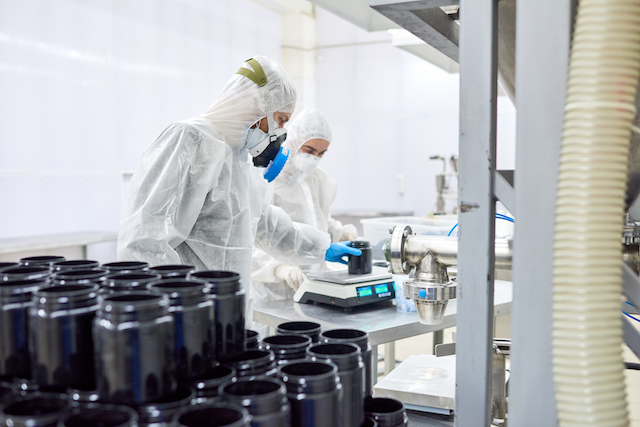
A moisture analyzer, otherwise known as a moisture meter or moisture balance, measure out the moisture content in lab samples.
A moisture analyzer, otherwise known as a moisture meter or moisture balance, measure out the moisture content in lab samples. They can analyze liquids, gases, and solids and are significant pieces of equipment for testing out specific kinds of products like pharmaceuticals, plastics, food, fuel, and hydrocarbons. In this blog, we’ll reveal how moisture analyzers work and some of the best practices for using them in your laboratory. Read on to learn more!
How to Work a Moisture Analyzer
The premise behind moisture analyzers is very easy. They work on using a Loss on Drying (LOD) or thermogravimetric method to figure out how much moisture is in the sample. The basic steps include:
- The moisture analyzer weighs the sample and also records the initial weight.
- The heating element radiates infrared heat to dry out the sample.
- The sample is weighed periodically until the weight no longer changes.
- The final weight is subtracted from the sample’s initial weight.
If you have to find out the solid content of a sample, you subtract the moisture content from the initial weight. Note that the moisture does not refer to water. It includes any type of substance that will evaporate as a result of infrared heating, for example, organic solvents or alcohols.
The Best Practices for Moisture Analyzers
A few pointers help ensure you get accurate results while using a moisture analyzer. They include:
- Position your analyzer correctly: Make sure that the unit is placed away from any sources of draft or vibrations like air vents or refrigerators. It should also be in a non-harsh and clean environment. High humidity, extreme temperatures, or excess dust may also affect the accuracy of results.
- Take suitable safety precautions: assess the risk involved with heating your particular sample. Work with a fume hood where necessary, and don’t try to dry explosive or combustible substances either.
- Use cleaned sample pans: you should cover the whole surface area of the pan with a thin, even coating of the sample.
- Do not overload the unit: make sure to note the maximum capacity of your analyzer as overloading it might damage the internal weighing mechanisms.
- Maintain your unit correctly: this includes cleaning off the sample pan area, heating module, and sensor for the temperature.
- Calibrate your unit regularly: the heating module and weighing units should both be calibrated at regular intervals.
It is important to bear in mind that the accuracy of your moisture analyzer depends on the weighing component of the equipment. As such, make sure you treat your moisture analyzer much as you could an analytical balance in terms of location, calibration, and installation.
BUYING A MOISTURE ANALYZER
The Lab People can help select the best analyzer for your application. We offer products from
Ohaus MB120, MB90, MB27, MB23 Series
A&D Weighing MS-70, MX50, MF-50, ML-50
Sartorius / Mark 3
Intelligent Weighing
Please reach out to our team for options and availability.
FOR ALL LAB EQUIPMENT AND LAB NEEDS, CONTACT LAB PEOPLE TODAY
The Lab People Inc. is a trusted provider of laboratory equipment, services, supplies, and rental equipment for you and your laboratory. As an ISO 17025 accredited service organization, we stand behind our services with 100% satisfaction guaranteed for all of our customers. We are here to provide you with the best lab equipment service, equipment, and supplies.
For more information about how we can assist you, visit our website, email us, or give us a call at 1-800-296-2001!
Do not forget to follow us on Facebook, Twitter, and Linkedin!
